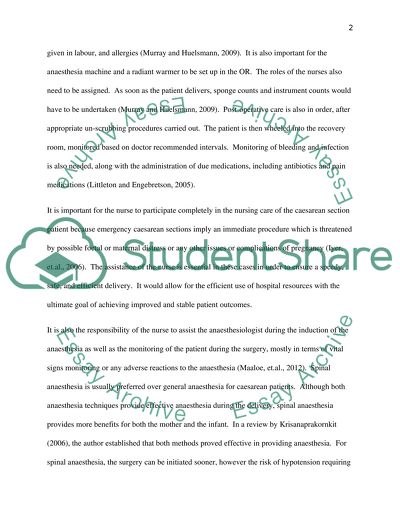Cite this document
(“Critically analyse the specific nursing care of the woman undergoing Essay”, n.d.)
Critically analyse the specific nursing care of the woman undergoing Essay. Retrieved from https://studentshare.org/nursing/1478693-critically-analyse-the-specific-nursing-care-of
Critically analyse the specific nursing care of the woman undergoing Essay. Retrieved from https://studentshare.org/nursing/1478693-critically-analyse-the-specific-nursing-care-of
(Critically Analyse the Specific Nursing Care of the Woman Undergoing Essay)
Critically Analyse the Specific Nursing Care of the Woman Undergoing Essay. https://studentshare.org/nursing/1478693-critically-analyse-the-specific-nursing-care-of.
Critically Analyse the Specific Nursing Care of the Woman Undergoing Essay. https://studentshare.org/nursing/1478693-critically-analyse-the-specific-nursing-care-of.
“Critically Analyse the Specific Nursing Care of the Woman Undergoing Essay”, n.d. https://studentshare.org/nursing/1478693-critically-analyse-the-specific-nursing-care-of.


